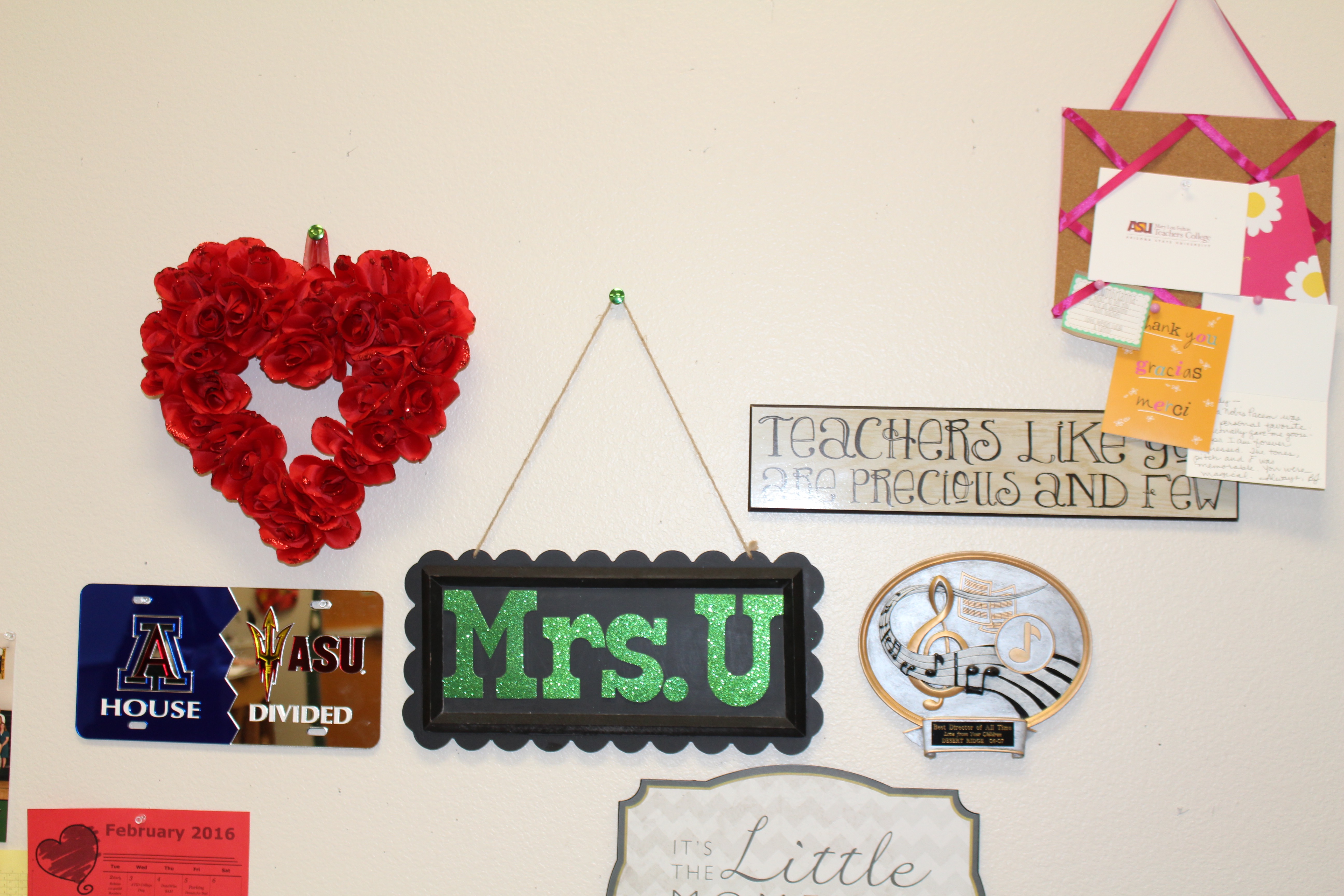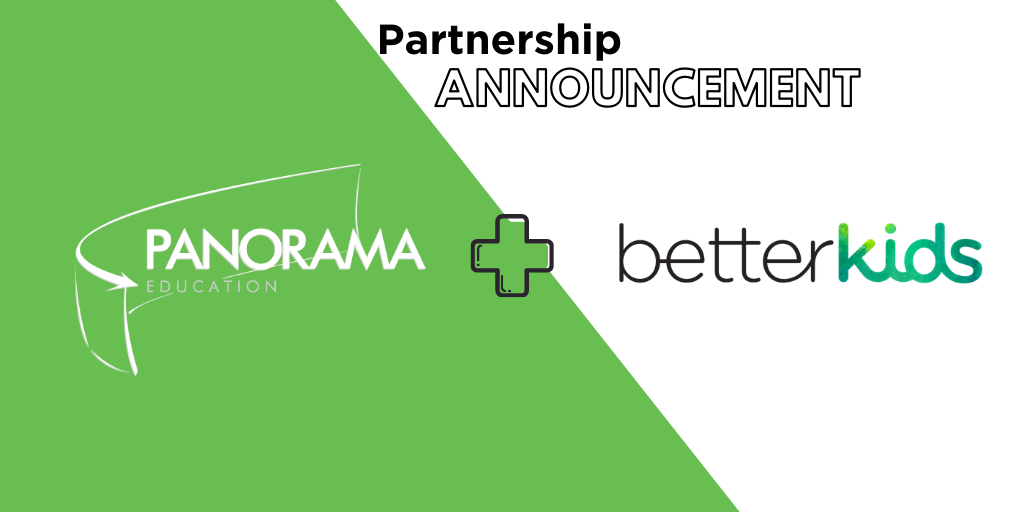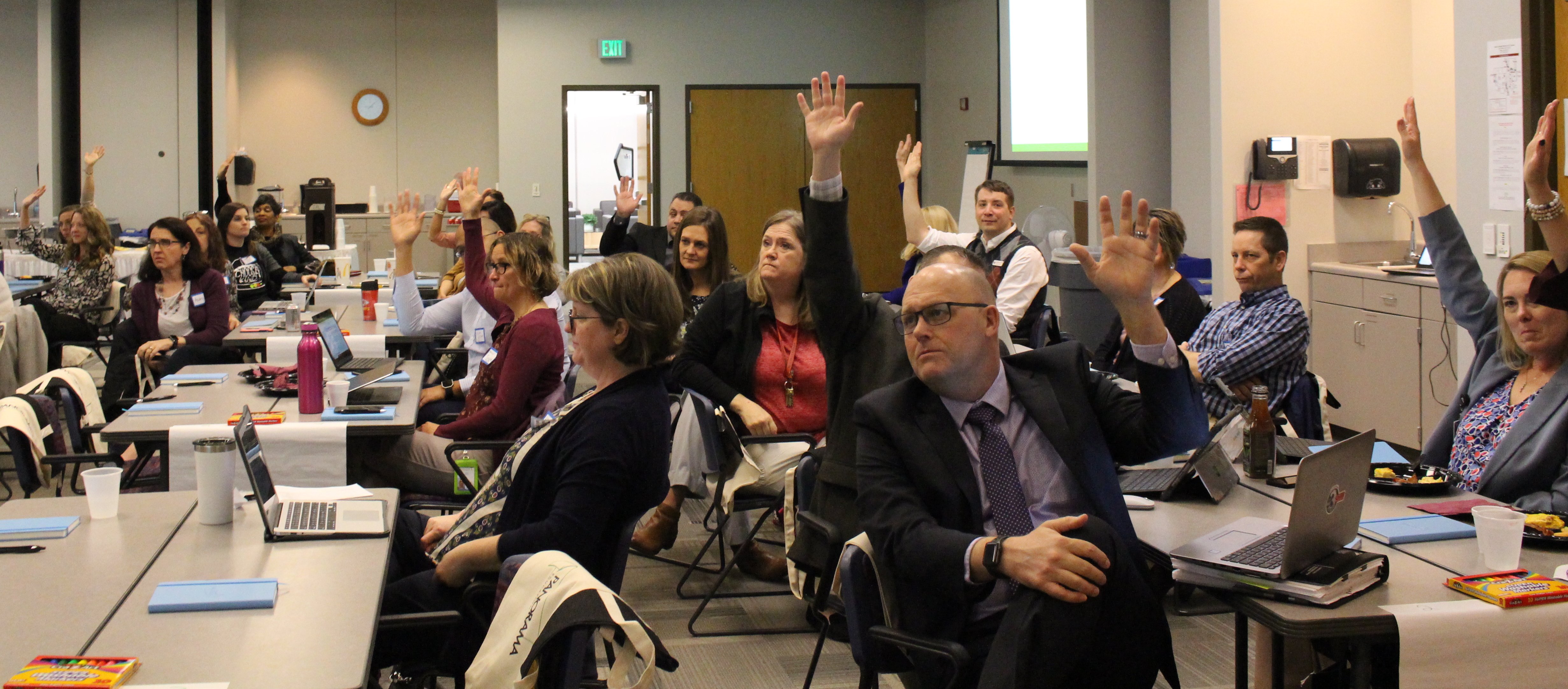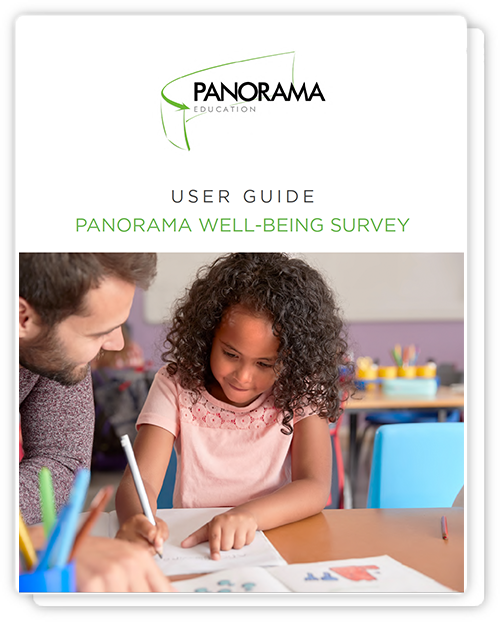The shift to distance learning has created a tricky balancing act. As a leader of student services, mental health, or counseling, you need to balance responding to the “now” with preparing for the unknown.
Despite this challenge, one thing is true: The well-being of our students and staff matter more than ever during this time. Our supports and communications must be grounded in relationships, warmth, and care—even in a virtual environment.
On a recent webinar (access the recording here), we sat down with three student services professionals to learn how the student services function has changed during distance learning, as well as how their districts are aligning resources to support student and family needs for back to school.
Below, we rounded up their advice on what it looks like to support well-being and counseling needs in today's context.
Be persistent and creative with student and family outreach
 Dr. Jessica Dreher, Director of Student Services, Thomasville City Schools (NC)
Dr. Jessica Dreher, Director of Student Services, Thomasville City Schools (NC)
Prior to school closures, we were looking at attendance and discipline data to identify which students were high risk or needed more contact. After March 13, however, there was no attendance to take or discipline data to collect. We're now relying less on quantitative data, and moving towards checking in with families and students through conversations to find out what's going on and what they need.
It's been difficult to get in contact with the ones who are not responding. We used to go to the student's house if we couldn't get in contact, but that is not safe right now. We've had to get creative with leaving letters at the door, or having them talk to you through the window if need be. Many of the students that we had a hard time communicating with prior to school closures are the same ones we're having a hard time communicating with now. So we may even talk those students' friends, or even pass messages through other parents we've been talking to to ensure we're reaching everyone.
All of our schools have been meeting with parents virtually. It's on different topics—it can be academics, or just updates and information about navigating this process. One thing that we make sure to do before the presentation is ask them how they're doing: "Is there anything that you need? Anything that you're experiencing?" We're still there for them even though we're not physically there.
Focus on relationships before academics
 Dr. Rexanne Hill, Executive Director of Student Support, Lee's Summit R-7 School District (MO)
Dr. Rexanne Hill, Executive Director of Student Support, Lee's Summit R-7 School District (MO)
Our building principals have stayed in connection with students. They try to do a daily or weekly attendance account to check-in on students. During these times, it's important to remember that everyone is experiencing this storm from a different boat. We need to be mindful not to take it personally if someone doesn't get back to you.
In the end, the message we can leave is: "Here's how you can get in touch with me if you need something, and I'll be back in touch with you in two weeks." The simple act of letting people know that you're there and available is so powerful.
This is a great opportunity for us to go back to the things that we know are true in education. Relationships matter—and, sometimes, relationships are going to have to come before academics. This is not to say that academics aren't important, but we're going to need to check in with students and staff on a well-being level to ensure they have what they need. We need to give them the power and permission to say, "I need a break." While we also need to have deep conversations about some of our practices—such as our grading practices, attendance policies, and master scheduling—overall, it's relationships that we need to focus on as we return.
Embrace the whole student and have a plan to welcome the incoming class
 Denise Ndukwu, MSEd, Professional School Counselor, Michigan City Area Schools (IN)
Denise Ndukwu, MSEd, Professional School Counselor, Michigan City Area Schools (IN)
In terms of getting in contact, we decided the counselors would meet weekly on Zoom and use Google Voice as a method of contacting students since our students aren't great an answering emails. I also tend to use Google Hangout because it pings students on their phones. I've mailed cards to students, especially to the ones who have not been engaging.
Before school closures, when a student came into the office, I'd try to get to know a little bit about them. That information has been very helpful during this time. For example, if there's a student who isn't connecting online and I know that the student has younger siblings, I can reach out to the elementary counselor and find out if that counselor has also been having issues getting in touch with the student's siblings. We can put our heads together to find out if there are additional needs for that family.
For next year, the teachers and I have been meeting to see how this can be as normal as possible for the incoming class. We plan to have a live town hall on Facebook for parents so that they know what to expect. We also plan to ride through our community in an RV to rev the students up that way—letting them know that they're welcome, wanted, and coming into a community that's going to support them from the first day they start high school.
Explore more resources on supporting your community's well-being during distance learning:







